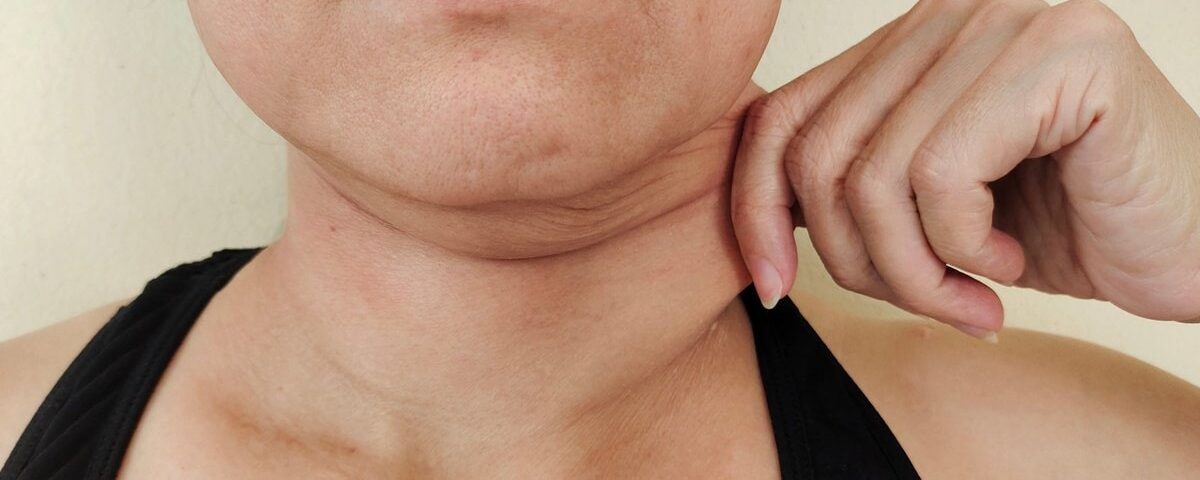
What are the Benefits of Lymphatic Drainage Massage?
December 8, 2022
Ultherapy Treatment: Everything You Need to Know
February 1, 2023Ultherapy is a treatment that uses sound waves and heat to tighten the skin. It’s a nonsurgical facelift that can be used instead of surgery, in the same way that Botox can be used as an alternative to traditional cosmetic procedures like facelifts.
Ultherapy boosts your body’s natural collagen production, which causes new elastic fibers to form under the skin and tighten it. The results are visible after just one treatment, but they’ll continue for about six months or more—just like Botox does.
Uses of Ultherapy
Ultherapy is a treatment that uses sound waves and heat to tighten the skin.
Ulthera is a non-invasive treatment that uses ultrasound and pulses of heat to tighten the skin. It’s used on the face and neck, which can be used instead of surgery.
Ultherapy works by lifting the underlying layer of tissue (called the dermis) to tighten skin by as much as 50 percent in just one treatment. The procedure also helps reduce fine lines and wrinkles while improving skin tone and texture.
After your Ulthera treatment, you’ll see an immediate improvement in your appearance with tighter, smoother skin that lasts for several months after each session. After three treatments over six months or more, most patients see even more outstanding results with firmer facial contours and less visible lines or wrinkles.
Ultherapy is used on the face and neck.
Ultherapy can be used on the face and neck. It also treats loose skin beneath the chin, jowls, and ears. It’s best to have Ultherapy before you go for a facelift or neck lift because it can help improve results from those procedures by tightening lax skin in the treatment area.
Ultherapy may also reduce wrinkles and lines around your eyes, mouth, forehead, or cheeks; tighten sagging skin under your chin; improve acne scarring, and smooth fine creases around your lips.
The skin will look firmer after one treatment.
Skin will look firmer after one treatment. With the Ultherapy device, skin is lifted and tightened. This helps to smooth out lines and wrinkles and make it appear younger.
Skin will look smoother after one treatment. The Ultherapy device aims to treat deeper layers of your skin so that you have a smoother surface when all is said and done. This allows your makeup to go on more evenly without being too thick or caked-on in areas where there used to be bumps or creases under the surface of your skin (like crow’s feet).
Skin will look more youthful after one treatment with Ultherapy because it tends to erase fine lines around the eyes, mouth, and forehead areas without surgery (which can be expensive). You may waste less time getting ready for work in the morning because less time will be spent applying concealer or foundation over those pesky wrinkles on your face.
Difference of Ultherapy from Other Laser Treatments
Ultherapy, the same technology your doctor uses to look inside your body, is a non-invasive procedure that can help improve collagen and tighten skin. Ultherapy has been used for decades, so it’s a safe and effective treatment for many different body areas.
Ultherapy uses ultrasound, while laser treatments use light.
One significant difference between Ultherapy and laser treatments is the type of energy used. While both methods use light and sound, Ultherapy uses ultrasound, mechanical energy that causes your skin to tighten.
On the other hand, Lasers use electromagnetic radiation to heat the outer layer of your skin, resulting in collagen contraction (tightening). Both are effective ways of increasing skin elasticity, reducing wrinkles, and improving overall appearance.
Ultherapy can be used for much more than just reducing wrinkles; it can also tighten loose neck tissue or lift sagging breasts by stimulating collagen growth within those areas. Laser treatments are minimally invasive because they don’t require surgery—they’re done right at home using an FDA-approved device that emits infrared light with various wavelengths depending on your goal.
Ultherapy is non-invasive, while lasers are minimally invasive.
Laser treatments use light to heat up and destroy the skin’s tissues. Ultherapy does not use light, relying on ultrasound (sound waves) to tighten skin.
Ultherapy is non-invasive, while lasers are minimally invasive.
Ultherapy uses ultrasound technology to produce micro-columns of tissue that lift and tighten your skin as they heal. This process occurs within the treatment area with no incisions or anesthesia required, so you can be back doing what you love in no time.
Ultherapy stimulates collagen, while lasers tighten skin.
While lasers heat the outer layers of skin, which causes them to contract and tighten, Ultherapy stimulates collagen production. The tightening that results from Ultherapy is, therefore, an indirect effect. However, this can be considered a benefit rather than a drawback since it means you won’t experience any side effects associated with laser treatments (such as redness, swelling, or pain).
Ultherapy can also treat acne scars and stretch marks by lifting them away from the skin’s surface. In addition to these benefits for your face and body, Ultherapy is also effective in treating deep wrinkles around your eyes or forehead, thanks to its ability to stimulate new collagen growth at deeper levels within the dermal layer of your skin.
Ultherapy and laser treatments are both effective.
Both Ultherapy and laser treatments are effective at improving the look of your skin. They can help you look younger by lifting, tightening, and smoothing the skin on your face, neck, chest, and hands. Both procedures are safe and effective in the hands of a qualified professional to improve the appearance of fine lines, wrinkles, and sagging skin.
Ultherapy and laser treatments can provide similar results.
Ultherapy and laser treatments can provide similar results. Both types of treatments use focused beams of energy to stimulate collagen, which helps tighten skin and improve the appearance of wrinkles.
Ultherapy is a minimally invasive procedure that uses ultrasound waves to gently lift and tighten your skin for years after one treatment (but needs several sessions). Lasers use pulses of light energy to treat sun damage, acne scars on the face or neck area, stretch marks on arms or legs, fine lines around eyes or lips—and even hair removal.
This method is also less expensive than Ultherapy because it requires fewer sessions; however, some patients prefer Ultherapy because it does not require anesthesia.
Conclusion
Both Ultherapy and laser treatments can help improve the look of your skin. The best way to decide which treatment is proper for you is to talk with your doctor and learn more about their experience with these procedures.
JSJ Aesthetics provides Ultratherapy services to help you look and feel your best through the power of the latest technologies and techniques. Our team has been trained in Ultratherapy, and we can help you feel confident about your appearance with procedures ranging from skin tightening to fat reduction.


